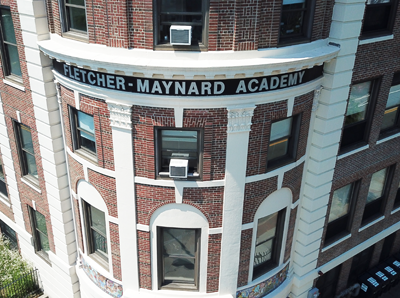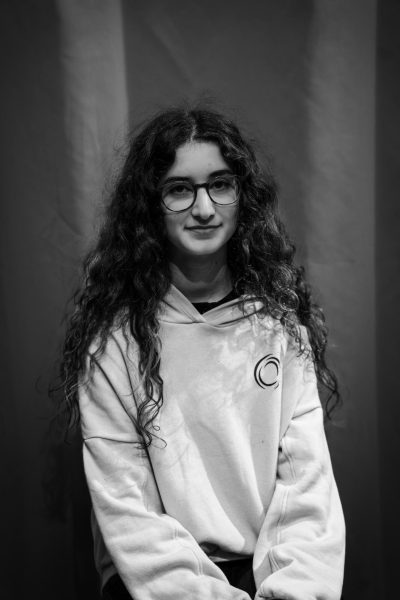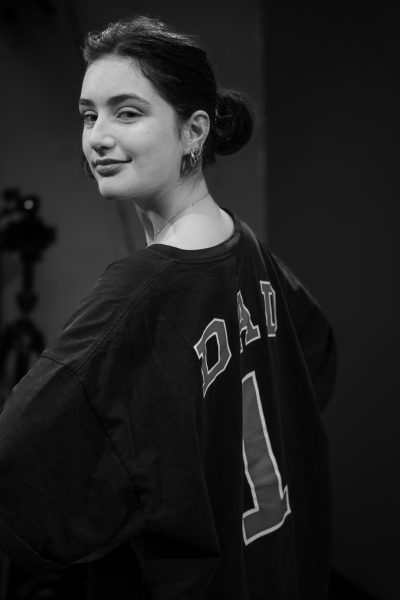Sub-Separate Classrooms: Creating a Safe Space

Sub-separate classrooms aim to combat bullying and build community.
July 20, 2023
“The program serves students who are of [higher] need and also students who are a little bit lower,” said Laura Flynn of Fletcher Maynard’s substantially (sub) separate classrooms. “Some might just need some support in inclusion, and then we have our students who are using communication devices to communicate.” Flynn teaches Fletcher Maynard’s first-grade sub-separate class, which was initially targeted to support autistic students but includes students with an array of diagnoses. The school has six classes ranging from Junior Kindergarten (JK) to fifth grade. Each class usually includes five to eight students, one main teacher, and three paraprofessionals.
The program is not as robust as it should be, however. Marissa Ninni, a teacher of a JK and K sub-separate class, explains to the Register Forum that issues of staff shortages “just create a spiraling effect of needing more support. For example, I currently have five staff and that means that I need to provide [cumulatively] five and a half hours of break time. So that means for more than half of the day we’re technically down a staff.”
The sub-separate classrooms are not alone in this staffing challenge—there are teacher shortages around the world. A recent study by McKinsey and Co. found that 28 percent of teachers working in elementary and middle schools plan on leaving. This is especially true at Fletcher Maynard. “It’s hard to find people who want to do the job. It’s a hard job for the amount of pay that they get,” said Cherie Coulson, the school counselor. “Some days we’re short-staffed and other people have to fill in and some days we’ve got plenty of staff so it just ebbs and flows.”
It is difficult to find enough teachers for sub-separate classrooms. According to a US Bureau of Labor Statistics prediction, over the next ten years, the number of special education teachers needed annually is 37,600. While the job is difficult and does not pay much, the administration at Fletcher Maynard works to alleviate these struggles. Alexander Zhitnik, another teacher at the school’s sub-Separate classes, explained, “We’ve actually had very, very supportive administrators this year”.
Additionally, Fletcher Maynard is a trendsetter when it comes to inclusion and “reverse inclusion.” While inclusion, in this context, refers to students from the sub-separate classroom spending time with their peers in standard education, reverse inclusion is when those “typical” peers come into the “atypical” classrooms. The push for inclusion is not just to benefit the students in the sub-separate classes, but also those who are not, who get to learn how to interact with different types of people. Fletcher Maynard aims to combat bullying and instead, create a welcoming environment.
Fletcher’s sub-separate classrooms, despite encountering challenges, are a great step toward inclusion, and an example for other schools. When asked how we can foster a warmer community at CRLS, Zhitnick told the Register Forum, “Alway pause before you react. It can be easy to laugh sometimes or to just feel awkward or embarrassed when someone does something that seems abnormal to you, but you have to just take a moment, and have patience.”










